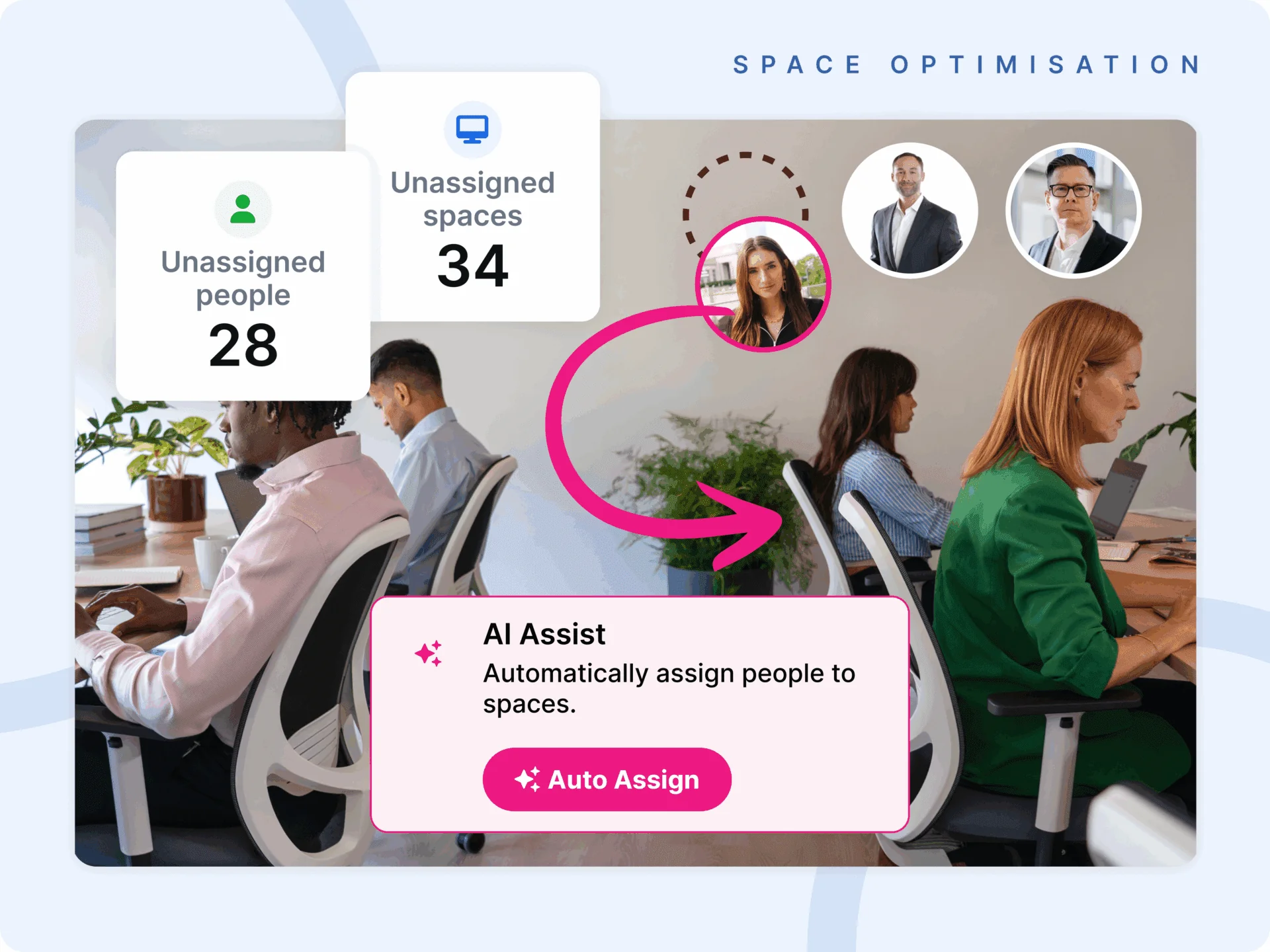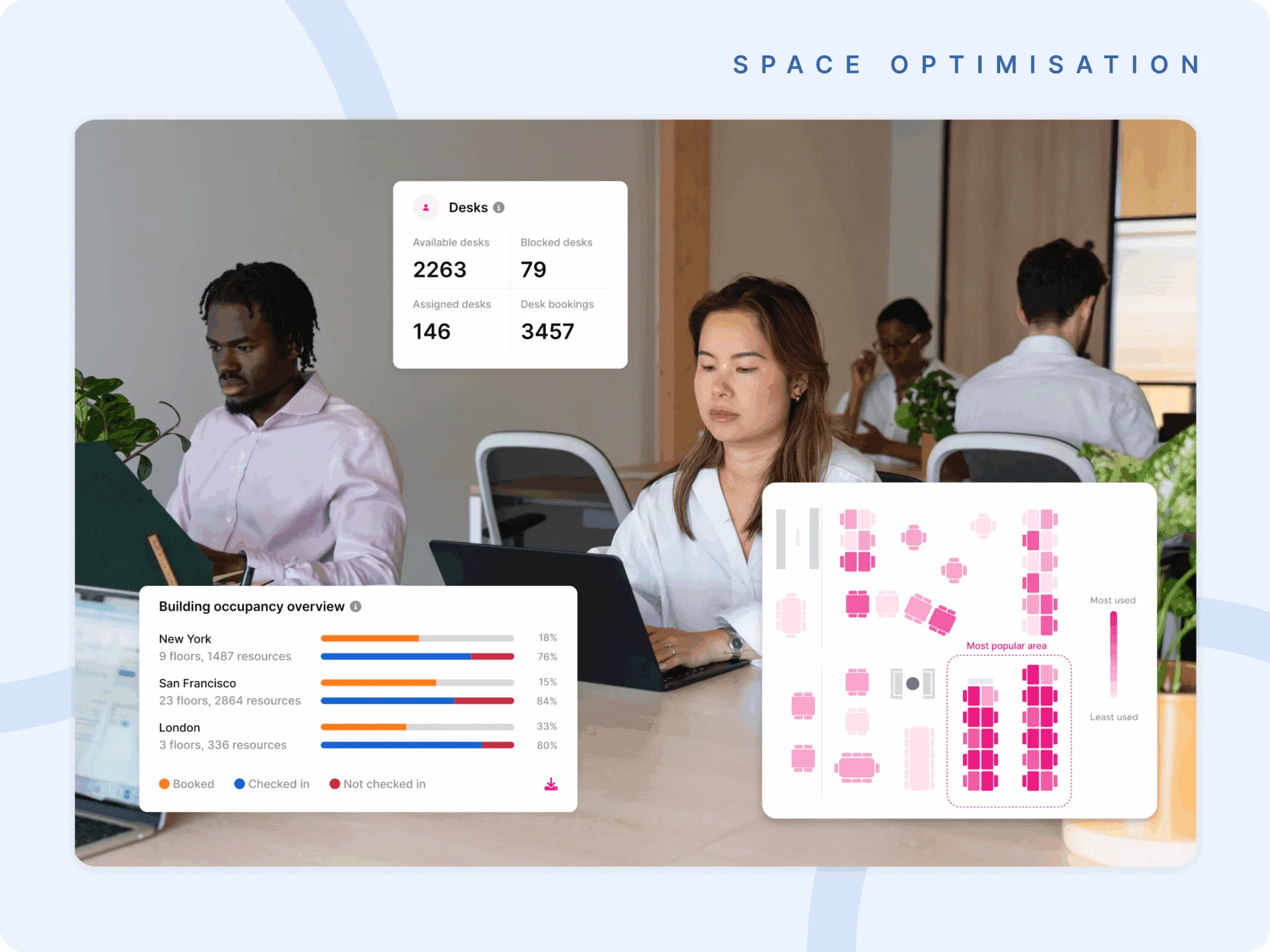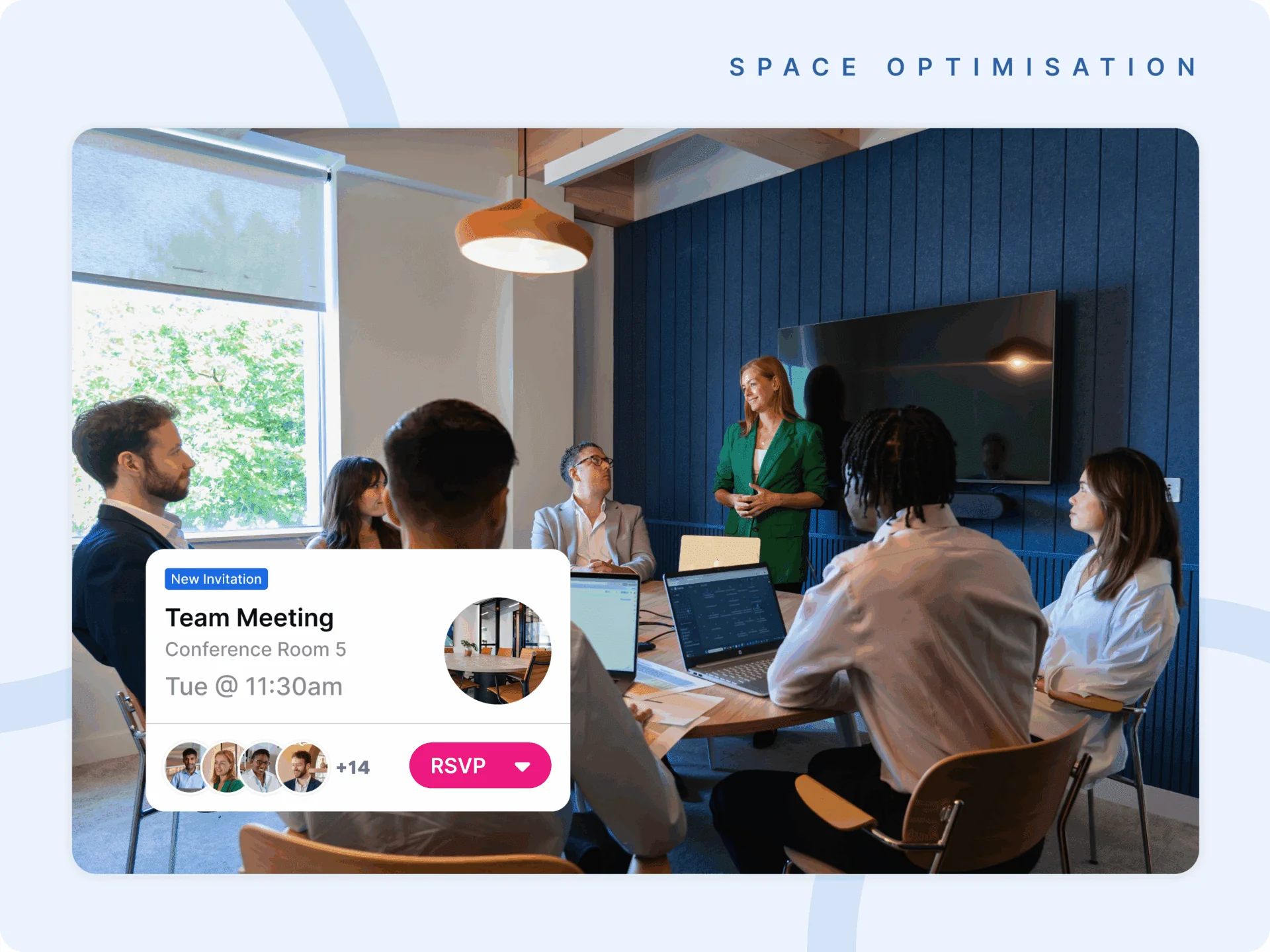Every organization is planning for a future that refuses to sit still. Policies change. Attendance fluctuates. Costs rise. Markets move faster than ever. For workplace and real estate leaders, the pressure to make confident decisions in uncertain times has never been higher. That’s why scenario planning matters.
Scenario planning gives organizations a way to see around corners. It helps leaders test multiple futures, anticipate change before it arrives, and act with confidence rather than guesswork.
What Scenario Planning Really Means
Scenario planning is a structured method of exploring different possible futures. It involves identifying critical uncertainties, modeling multiple outcomes, and designing strategies to respond to each. Unlike forecasting, which assumes a single likely future, scenario planning accepts that the world is unpredictable and prepares organizations to stay ahead of it.
The concept first gained prominence in the 1970s when strategists at Royal Dutch Shell began using scenario analysis to prepare for potential oil crises. When disruption arrived, Shell was one of the few energy companies ready to act.
Half a century later, the principle remains the same but the scale is far greater. Today’s leaders manage more complex systems than ever before, from hybrid work patterns to dynamic lease portfolios and globally distributed teams.
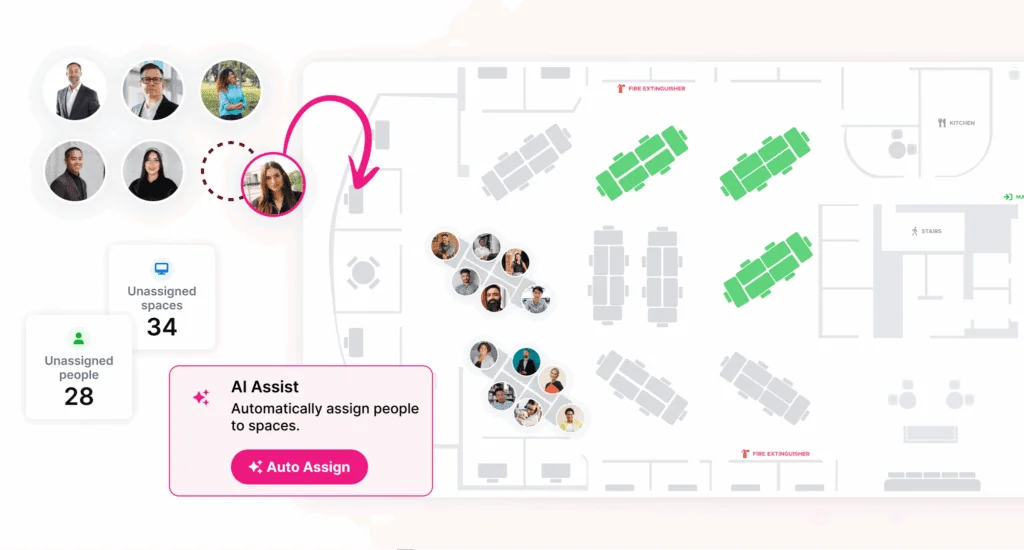
Why Scenario Planning Matters Now
In 2025, leaders can no longer rely on static plans. Kadence Pulse data shows that office utilization still averages between 20 and 40 percent across industries, with wide fluctuations between sectors and cities. Real estate remains one of the top three controllable costs, meaning that underused space translates directly into lost capital.
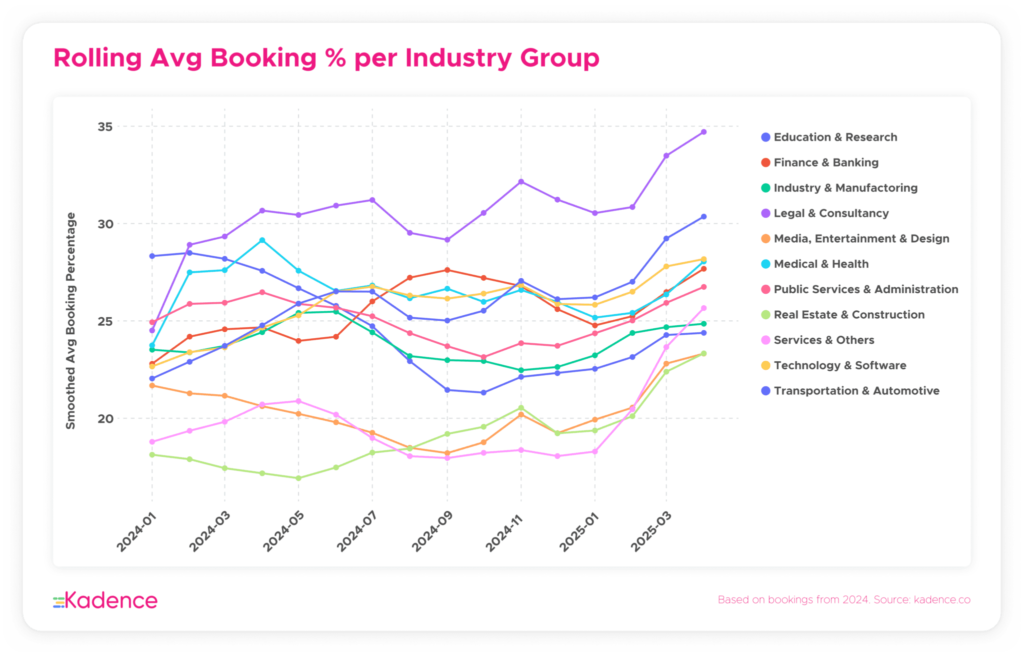
Traditional tools were built for stability. Spreadsheets, CAD drawings, and IWMS systems capture what has happened, not what might happen next. They lack the ability to simulate outcomes, evaluate cost-risk trade-offs, or connect planning with execution.
Scenario planning changes that. It gives leaders a framework to prepare for multiple possible futures instead of reacting to one. It replaces static reporting with predictive modeling and enables organizations to:
- Anticipate changes in demand and workforce patterns.
- Identify risks before they become financial liabilities.
- Evaluate trade-offs between cost, collaboration, and culture.
- Align leadership around data rather than opinion.
How Scenario Planning Works
Although each organization applies it differently, the process generally follows these steps:
- Identify key drivers of change. These might include policy shifts, headcount growth, lease expirations, or evolving hybrid work patterns.
- Define critical uncertainties. What factors could significantly impact space, cost, or team dynamics?
- Develop plausible scenarios. Model several futures such as growth, downsizing, or consolidation to test potential outcomes.
- Quantify the impact. Assess how each scenario influences budgets, utilization, and employee experience.
- Design responses. For each model, outline actionable plans the business could implement if that scenario became reality.
- Revisit regularly. Scenario planning is not a one-off activity but a living process that evolves as new data emerges.
Scenario planning does not eliminate uncertainty, but it gives leaders a structured way to manage it.

Scenario Planning in the Workplace
Workplace and real estate leaders are under increasing pressure to make faster, smarter, and more defensible decisions. Every adjustment to policy, headcount, or space allocation creates a ripple effect. Scenario planning helps teams test these outcomes before they commit to change.
Consider a global enterprise deciding whether to close an underused office. With scenario planning, leaders can model attendance patterns, team distribution, and cost impact to see whether consolidation will truly reduce spend or simply create overcrowding elsewhere.
Or take a technology firm evaluating a shift from two to three in-office days per week. By forecasting demand, leaders can see whether existing capacity can handle the increase or whether additional space will be needed. These exercises move decisions from assumption to evidence.
Kadence data shows that companies with consistent and predictable attendance patterns operate 45 percent more efficiently than those with irregular usage. Meanwhile, volatile attendance leads to as much as 25 percent of space being wasted weekly . Scenario planning helps close that gap by turning variability into a managed system.
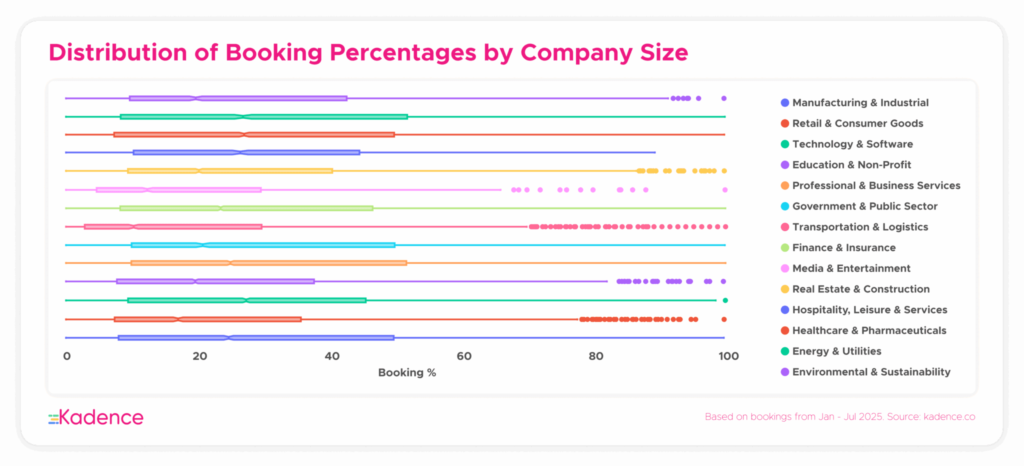
Bridging Insight and Action
The value of scenario planning depends on data that reflects reality. Many organizations can model what might happen but cannot connect those models to live operational data. They end up with theoretical exercises rather than executable strategies.
True scenario planning requires integration between the people using the space and the systems tracking it. That means understanding occupancy, booking behavior, and team patterns as they change each week. Only when those inputs are connected can leaders run models that respond to real-world dynamics rather than assumptions.
This is where Kadence SpaceOps changes the equation. It combines live usage data with AI forecasting to turn every “what-if” model into a working plan. Leaders can move directly from strategy to implementation, confident that the scenarios they test reflect how the business actually operates.
From Planning to Action with Kadence SpaceOps
Kadence SpaceOps turns scenario planning from a strategic exercise into an operational capability. It enables leaders to model, test, and execute scenarios in one connected platform, linking live occupancy data with AI forecasting to simulate the real impact of change.
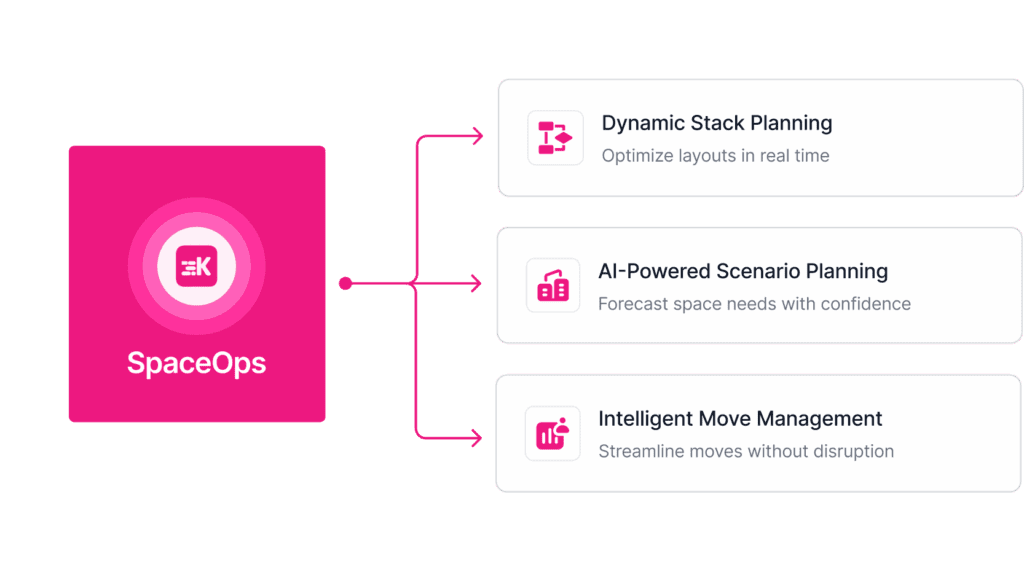
With SpaceOps, workplace teams can:
- Instantly generate multiple “what-if” models using live space utilization data drawn from bookings and attendance patterns.
- Forecast seat demand and capacity under new hybrid policies or organizational shifts.
- Compare how different layouts, team structures, or headcount projections influence cost, collaboration, and performance.
- Translate validated scenarios into action with built-in move management and stack planning tools that keep teams productive during change.
By combining modeling with execution, SpaceOps removes the gap between strategy and delivery. A CFO can present a financially tested plan to the board. Facilities leaders can coordinate moves in hours instead of weeks. HR teams can align workplace design with how people actually collaborate.
SpaceOps is the bridge between “what if” and “what’s next.”
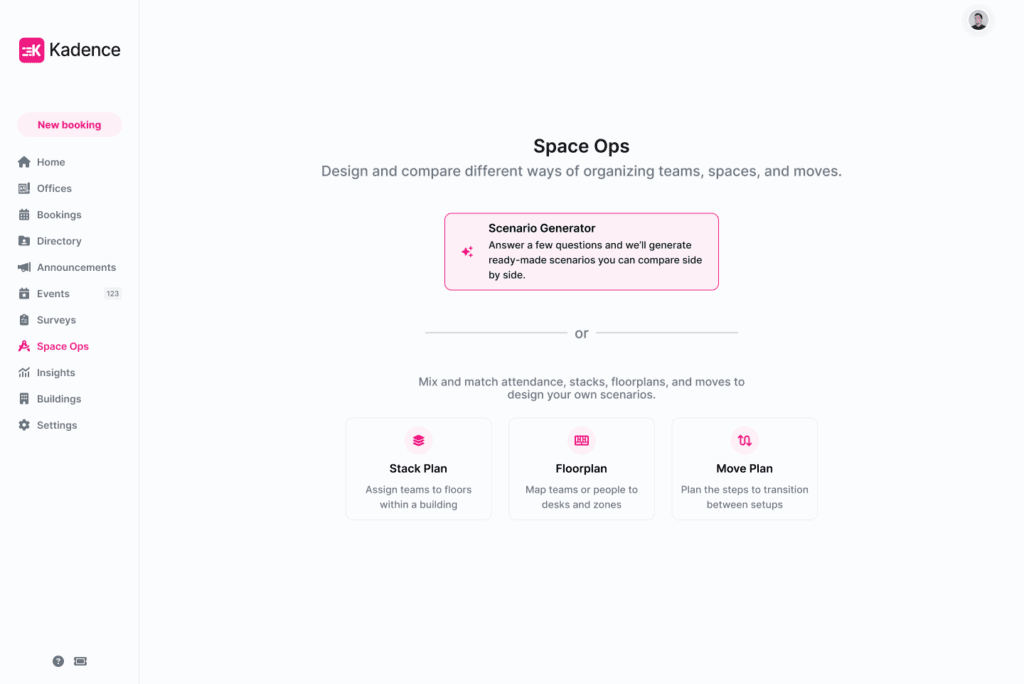
Why Scenario Planning Creates Competitive Advantage
Kadence data shows a clear pattern. Organizations with consistent and predictable attendance achieve higher space efficiency than those with irregular usage, while volatile patterns correlate with significant weekly waste. Scenario planning helps leaders close this gap by simulating policy, attendance, and team changes before they happen, then aligning capacity and costs with real demand.
By using SpaceOps to model multiple futures and evaluate their impacts on space, cost, and collaboration, leadership teams can make decisions that are evidence based and financially defensible. Because SpaceOps links modeling with execution, chosen scenarios can be implemented with move management and stack planning, which helps keep employees productive and reduces disruption in practice.
Scenario planning is not an annual workshop. It is a continuous operating rhythm that supports smarter investment, stronger performance, and greater resilience across portfolios.
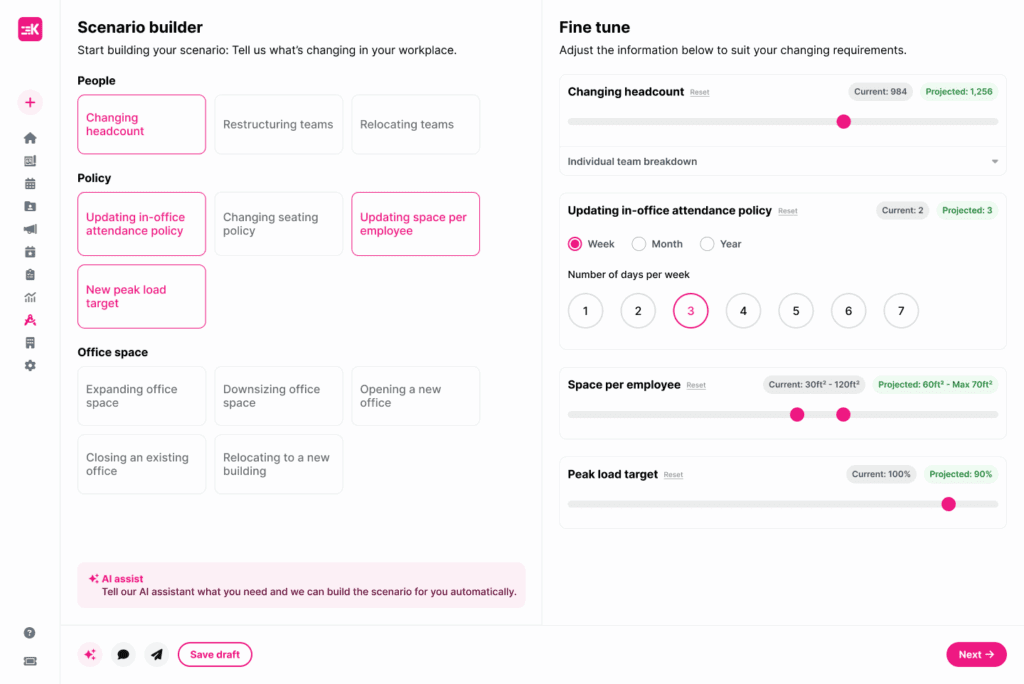
Final Thought
Scenario planning gives leaders a structured way to act in uncertain times. It connects data, insight, and operational tools so decisions are confident and defensible. Kadence SpaceOps makes this possible by helping organizations model multiple futures, test outcomes, and turn strategy into measurable actions grounded in live workplace data.
Book a demo with our workplace operations experts today to see SpaceOps in action.


